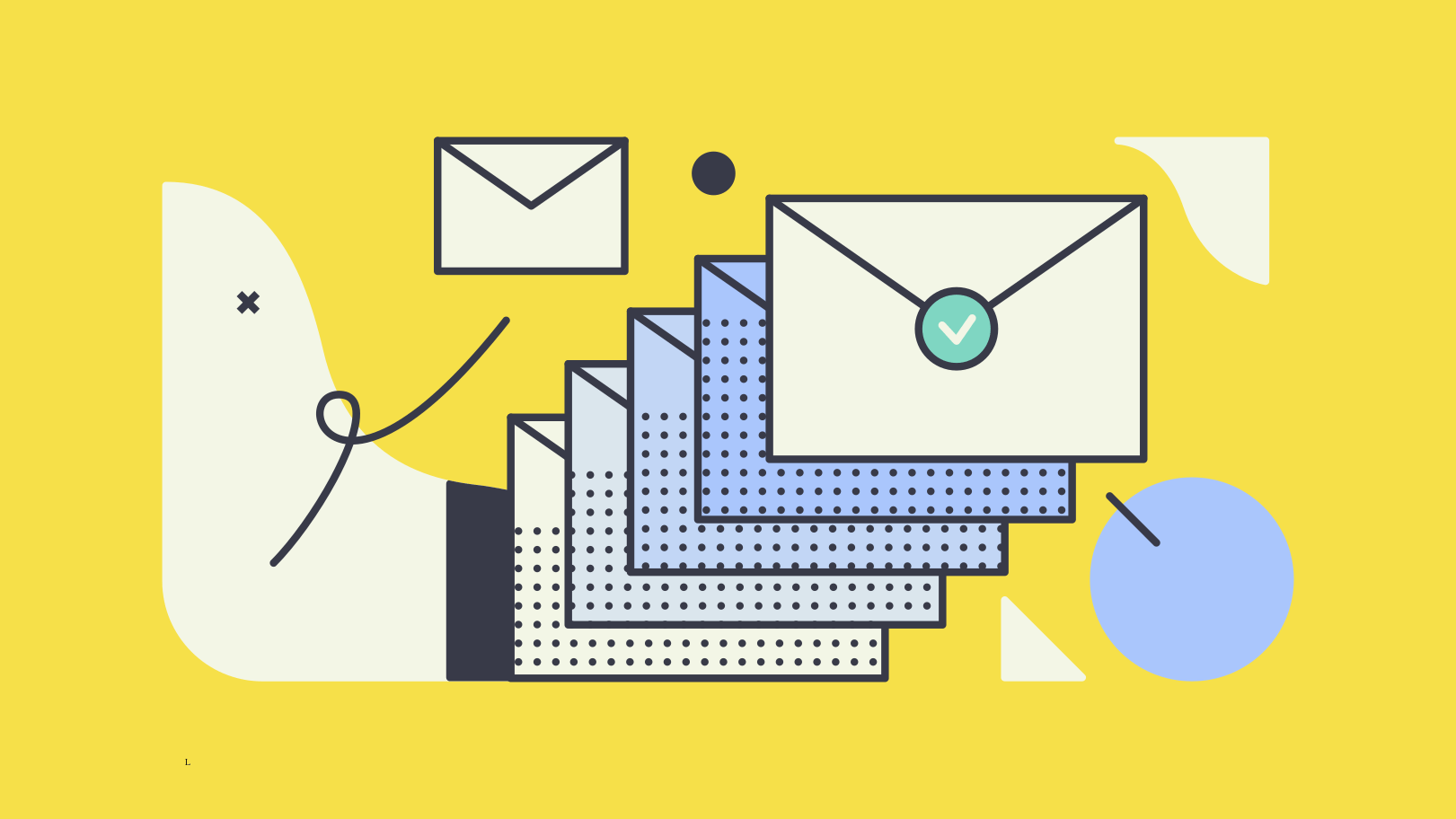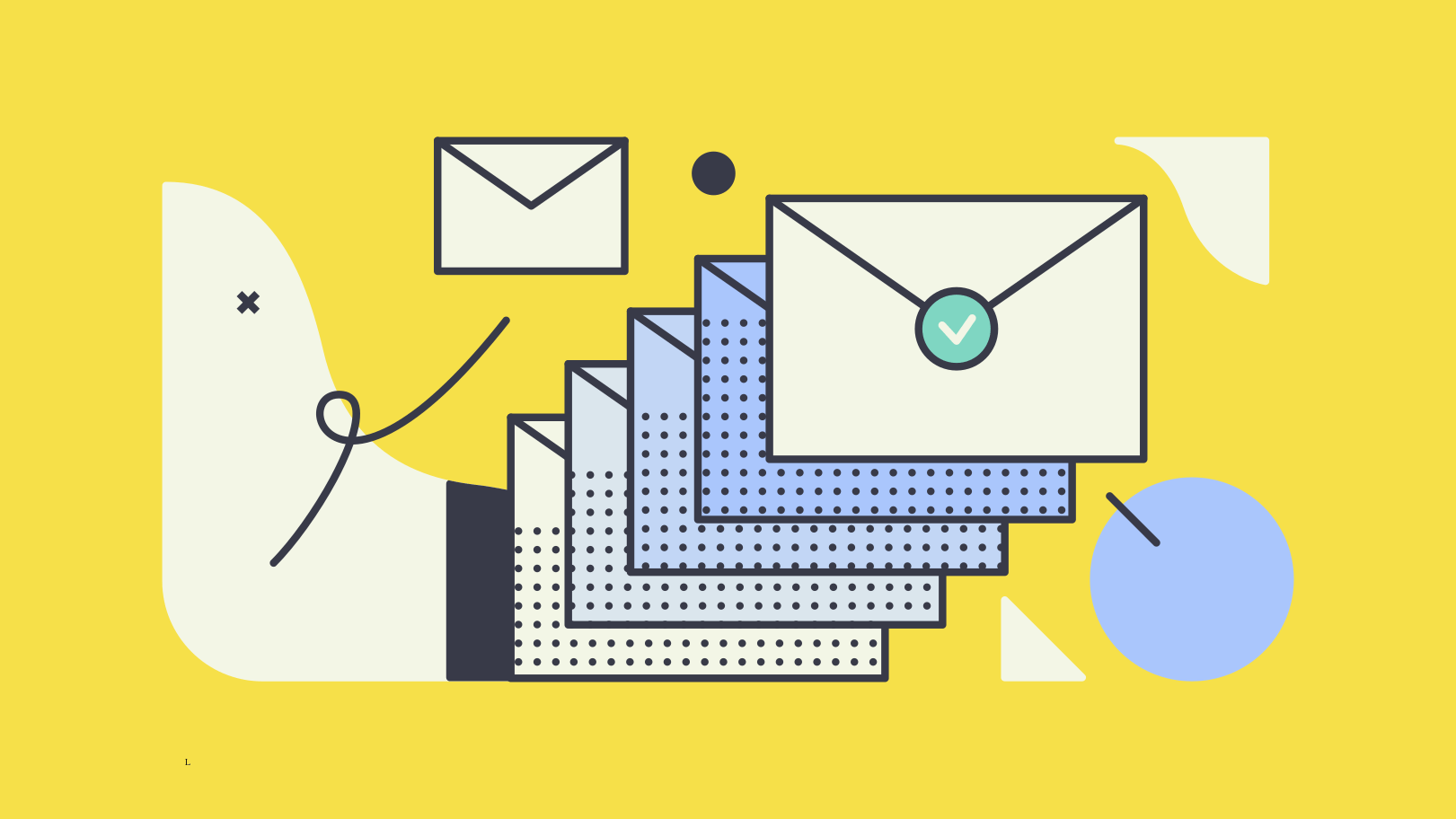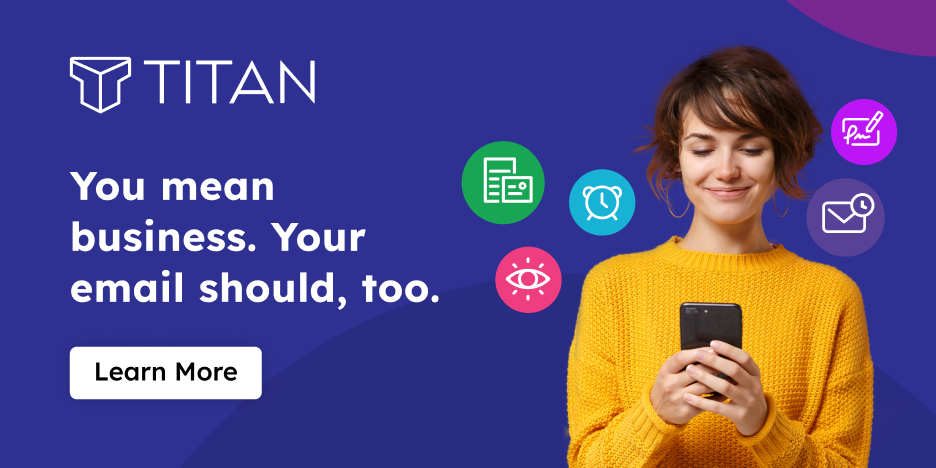125—that's how many emails an average employee processes each day. Most are received rather than sent, and many don’t require a response. But that is a lot of time to be spending on email. In fact, American employees spend over three hours a day checking business email!
Thankfully, practicing Inbox Zero saves us quite a bit of time, but wouldn’t it be great to receive less email in the first place? 🙆♂️🙆♀️ Yeah, we thought so too.
 "125 emails a day? I'm going back to bed." Illustration: Icons8
"125 emails a day? I'm going back to bed." Illustration: Icons8
Here are 10 tips to help you beat the email beast, retain your sanity, and get things done.
1. Close your email when you’re done
The number one reason we spend so much time in our inboxes is because we never close them. The “new mail” notification is as effective as waving a red muleta in front of a Spanish bull. We answer the bell every time and end up spending hours on email. However, there’s a simple fix. Close your email when you are done and disable email notifications. Create a routine of checking your email and then avoiding the app completely. You’ll soon find that doing this a few times during the day will help you focus on doing good work.
2. Unsubscribe from marketing emails and app notifications
Have you ever noticed how many subscription and marketing emails you receive? From Amazon to Facebook, everyone wants your attention. Turn them off!
Wherever possible, unsubscribe from marketing emails you don’t need. Disable notification emails from services like Google Drive, Jira, Confluence, Zendesk, and Jenkins, so you don’t receive redundant communication.
Worried about missing an important alert? Connect business tools to Flock so you can receive notifications directly in a channel.
3. Use rules, filters, labels, and folders
Alternatively, use rules and filters to automatically move promotional emails into folders. If your email service/client supports it, you can use labels to organize everything, too. Next, use rules to move emails from various teams to relevant folders, making it easier to keep track of (and manage) the important stuff in your inbox. You’ll be surprised how few emails you’ll be left to deal with every day.
4. Get a spam filter (or enable it)
Spam clogs your inbox, and a good spam filter can immediately make a difference by cutting down the number of emails you have to spend time on.
Business email services like Titan and Gmail come with useful built-in spam filters, so go ahead and enable them. If required, invest in a good third-party spam filtering service like modusCloud or Altospam to secure your inbox.
5. No file attachments, please
It’s almost 2020 and we’re still attaching files? Share files from directly in messenger or via the cloud instead. With services like Flock, Google Drive, and Dropbox, sharing files is as easy as sharing a link. And no large file attachments means your email goes out faster!
6. Purge everything you don’t need
We hardly ever get to every email we archive in a “read later” folder, but we keep adding stuff to it. Try not to be a packrat and delete ruthlessly. Calendar invites? Accept and delete. Announcement emails? Read and delete (or archive for a few weeks before you delete, just in case you need that information). Subscriptions, newsletters, marketing collateral, sales pitch emails—use your best judgement and purge emails that are not useful. Less email to manage equals less time spent managing it.
7. Don’t CC when you don’t need to
Do you read every email you are CC-ed on? Do you always give it the same amount of attention as you would to a personal note from your boss? Most people can’t afford that, and thus our inboxes are stuffed with unread emails we've been copied on.
Think carefully about why you are sending an email and who needs to receive it, and don’t add people to an email conversation unless they really need to know. It’ll save you a little time now—and a lot of time later—once team members start adopting similar approaches to decluttering their inboxes. As for BCC… why bother? Work on building a culture of transparency in the workplace.
8. Set up autoresponders when you’re on vacation
When you’re away, you are away and people should stop emailing you, right? Ha! Coming back from a vacation to an overflowing inbox is the stuff nightmares are made of. Instead, simply set up an “out of office” auto-reply in your email client when leaving for a vacation. It discourages folks from following-up again and again (reducing the overall number of unread emails in your inbox), and tells them who to reach out to in your absence.
9. Achieve Inbox Zero (or something similar)
Whether you go the Inbox Zero route or not, you need to develop a process to manage everyday email efficiently. The first few days can be tough, but staying the course means you will spend less and less time reading and responding to email every day.
10. Stop emailing for everything
Last but not least, stop emailing for everything. Email is great, but for quick, real-time conversations, you are better off using a team chat app like Flock. Need to track progress on a project? Use Flock’s to-dos and integrations for Asana and Trello instead of long email chains or when you need to turn off email for a bit. Furthermore, with messaging and videoconferencing becoming increasingly commonplace, you have more options when you want to communicate with your team.
Choose wisely and you’ll have a lot less email to deal with.
How do you deal with (way!) too much email? Got any tips you’d like to see included in this list?
Try Titan Business Email!
Credibility is everything for small businesses. If you're reaching out to prospects and customers with a free email address for your business you look like an amateur. Use these email templates and put Titan to work for you.








